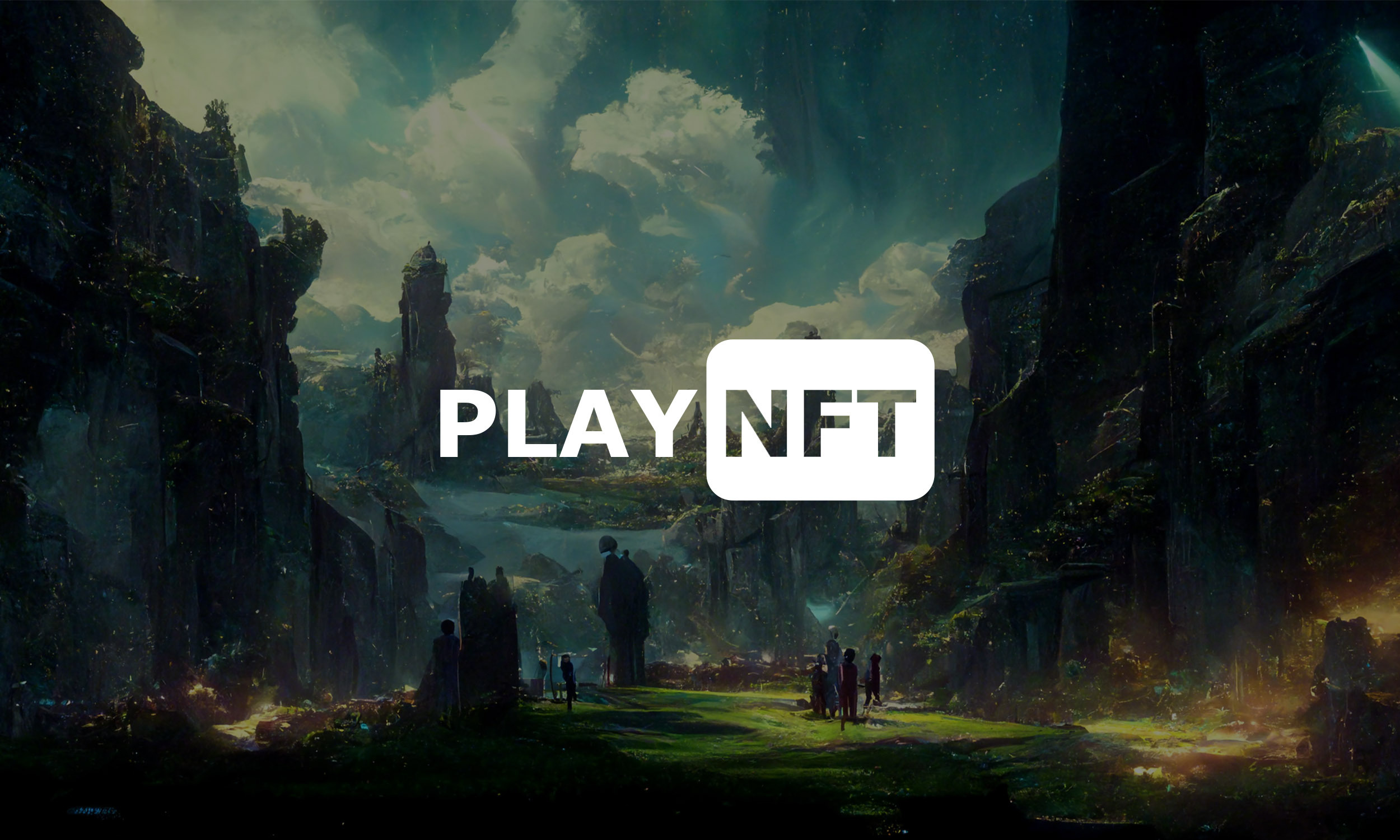
PlayNFT is a network for non-fungible tokens (NFTs), and it has recently created a marketplace that makes it possible for streamers on Twitch and YouTube to produce customized NFTs that includes in-game functionality. This announcement came after Ripple’s XRPL Grant program Wave 3, which received an unprecedented number of applicants, selected PlayNFT as the recipient of the grant.
PlayNFT is a connection between NFTs and in-game content and utility. NFT makers and owners are capable of making their tokens usable in games by using PlayNFT’s framework. Game developers are able to utilize the network’s application programming interface (API) to generate content for NFT holders on any blockchain that is enabled. Content creators are capable of creating digital tokens to distribute to their audience. NFT marketplaces are capable of demonstrating which NFTs are tied to utility.
According to Xavier Moore, CEO of PlayNFT, “PlayNFT will empower creators to meaningfully engage their audiences and infuse their NFTs with utility and value in a collaborative, accessible way. NFTs are a game changer for attaching real value to content. By connecting creators with game developers and in-game utility, our platform takes that value to the next level.”
NFT Minting Capabilities For Creators And Their Audience
PlayNFT has now been awarded more than $300,000 in grants from XRP Ledger, Velas, Near, and Stacks. These awards make it possible for the 51 million content creators on YouTube and the 9.2 million streamers on Twitch, as well as their followers, to mint NFTs on the platform of their choice. The cross-chain network has ambitions to connect a wide variety of other networks, such as Ethereum, Polygon, Enjin’s Efinity and JumpNet, Avalanche, Telos, Solana, and Huobi Eco Chain. This will make it possible for the supply of NFTs to be minted and distributed between chains.
There are currently over 260 broadcasters that have signed up to use PlayNFT. Each content creator will have their own storefront where their audiences will be able to buy branded NFTs. They will also be able to add usability to the NFTs through games such as Min-Mins and Shield of Shalwend. Meanwhile, game developers will be able to incorporate PlayNFT’s tools in order to attach in-game usefulness to NFTs that are stored on any linked blockchain.
Seamless Content Creation Via PlayNFT
Creators are constantly searching for novel approaches to engage on a more meaningful level with the audiences that help them succeed. PlayNFT enables producers to use this new technology in a straightforward manner to provide greater value to our consumers. PlayNFT is the piece of the community-building puzzle that has been lacking up until now, and content creators need it in order to generate passionate enthusiasm for their work. It will be possible for content creators to go to PlayNFT.io, mint NFTs, and select from a list of games and applications where they want their NFTs to be usable.
Content creators will then be able to distribute their minted NFTs to their community in a streamlined manner via PlayNFT’s marketplace. During the third quarter of this year, PlayNFT will provide support for TikTok creators in addition to incorporating more chains. The site also promises to introduce play-to-earn (P2E) arcade games, which will allow holders to use their NFTs to compete for prizes and monetary rewards while using their NFTs to play games on the platform. Playnft.io provides a starting point for content makers and streamers that are interested in developing branded NFTs.













